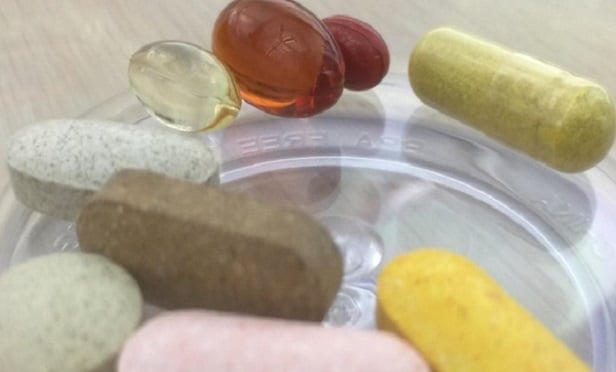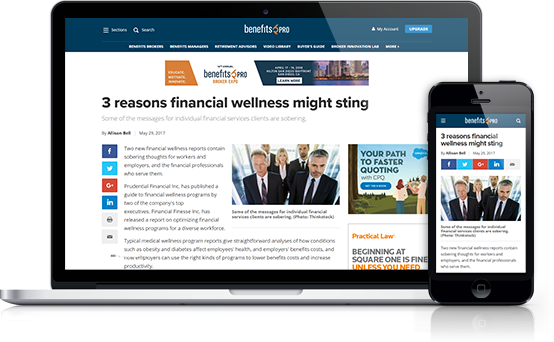
As a Strategic Hospital Advisor for RxBenefits, specializing in 340B, Sarah Hearn works with hospitals and health systems to help them leverage 340B to reduce their overall employee drug spend, as well as with commercial employers to mitigate the effect of 340B-related rebate loss to their pharmacy plan. She expands on her thoughts below.
|Can you give a brief background on the 340B Drug Pricing Program, and the goal of the program?
The federal 340B Drug Pricing Program was enacted in 1992 in a bipartisan effort to enable safety-net health care institutions to stretch scarce federal resources as far as possible, reaching more eligible patients and providing more comprehensive services. The law requires drug manufacturers to offer discounted prices (roughly 20%-60% below Wholesale Acquisition Cost, or WAC) to eligible safety-net health care facilities on certain outpatient drugs. In return, congress approved having Medicaid and Medicare Part B cover the participating manufacturers' product, a deal that has been highly profitable for drug manufacturers.
Savings generated through 340B allow safety-net institutions to carry out incredibly meaningful programs, such as funding free and low-cost medications, dental and primary care clinics that serve our most vulnerable citizens, as well as research into HIV/AIDS, diabetes, and cancer. It is also important to remember that none of these 340B savings provided to eligible health care institutions are taxpayer funded. One hundred percent of 340B savings are funded by Pharma which is mandated to offer these savings to sell their drugs to Medicare and Medicaid.
|How has the growth for 340B in the past decade created challenges with rebates?
Due to a number of factors, such as the explosion of 340B contract pharmacy arrangements, the expansion of Covered Entity types under the Affordable Care Act, and the rising cost of specialty drugs over the past decade, the market size of the 340B program has grown exponentially. The total spend on 340B purchases grew from $12.2B in 2015 to $43.9B in 2021, and 340B now accounts for nearly 20% of total rebates and discounts provided by manufacturers for brand name drugs. Given this growth and the program's negative financial impact to manufacturers' bottom lines, it is not surprising that manufacturers have started taking increasingly aggressive measures to try to limit the growth of the 340B program. They've become more diligent about policing the practice of double dipping, where 340B savings are paid out on a claim for which the PBM has also passed through a manufacturer rebate.
Recommended For You
Complete your profile to continue reading and get FREE access to BenefitsPRO, part of your ALM digital membership.
Your access to unlimited BenefitsPRO content isn’t changing.
Once you are an ALM digital member, you’ll receive:
- Breaking benefits news and analysis, on-site and via our newsletters and custom alerts
- Educational webcasts, white papers, and ebooks from industry thought leaders
- Critical converage of the property casualty insurance and financial advisory markets on our other ALM sites, PropertyCasualty360 and ThinkAdvisor
Already have an account? Sign In Now
© 2025 ALM Global, LLC, All Rights Reserved. Request academic re-use from www.copyright.com. All other uses, submit a request to [email protected]. For more information visit Asset & Logo Licensing.








